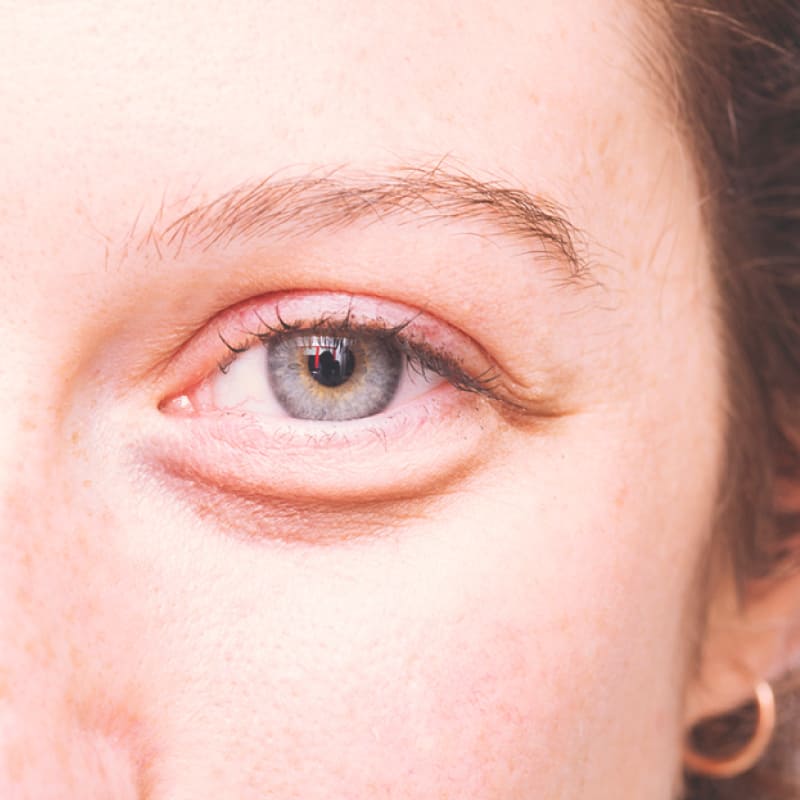
There have been millions of FDA reports on problems with medical devices. The agency allows manufacturers to submit reports about problems with their products to its employees. The reports are also available on its database, MAUDE, which is open to the public. Implant safety is affected differently by different factors. For example, a textured area can prevent rotation. Also, women who smoke are at greater risk for complications from implant surgery. Consider breast implants if you have autoimmune conditions.
Textured surfaces prevent rotation
Although it is possible for breast implants of teardrop shape to be rotated, textured surfaces may prevent it. Textured surfaces can prevent the implant from being rotated because of their Velcro-like effect. Round implants will not rotate so will be less secure in the breast. Although rotation of teardrop-shaped implant can be a rare problem, it can still pose an aesthetic problem.

Avoiding autoimmune disorders
FDA has not yet concluded if silicone implants in breasts can be linked to autoimmune conditions. Some doctors have reported developing arthritis-like disorders after breast implants. While the FDA has been unable to determine a clear link between breast implants and autoimmune disorders, there is a growing body of evidence suggesting the possibility. A recent study done by the World Health Organization has shown a link among breast implants and rare forms of cancer.
Reversibility of surgery
Unlike cosmetic surgeries such as rhinoplasty or tummy tuck, breast implant surgery is not reversible. After the implants are placed, your breast shape will not be restored to its original state. Implanted breast tissue might remain dimpled and wrinkled. The procedure may also cause you to experience a significant amount of pain. However, you can minimize these risks by selecting a plastic surgeon who is trained in breast implant surgery.
Patient device cards
In light of the FDA's latest guidelines on patient devices cards for breast implants, it is more important than ever that patients are provided with information about the product. The latest guidelines recommend that patient device cards include information about the type of implant, its serial number, and any boxed warnings. The cards should also contain links to web pages that will direct patients to the label and decision checklist for more information.

Examining for rupture
The Food and Drug Administration recommends that breast implants be scanned every two to three years. Ultrasound can distinguish between ruptured and normal implants. Ultrasound will show normal implants as homogeneous and well-defined. Broken implants will have a "snow-storm" appearance. An MRI should be scheduled if you have any of these symptoms. This will allow you to determine the extent of the rupture. This type if imaging is not covered by any health insurance.